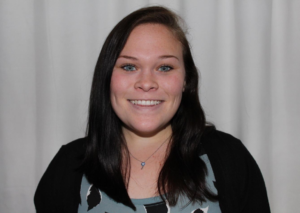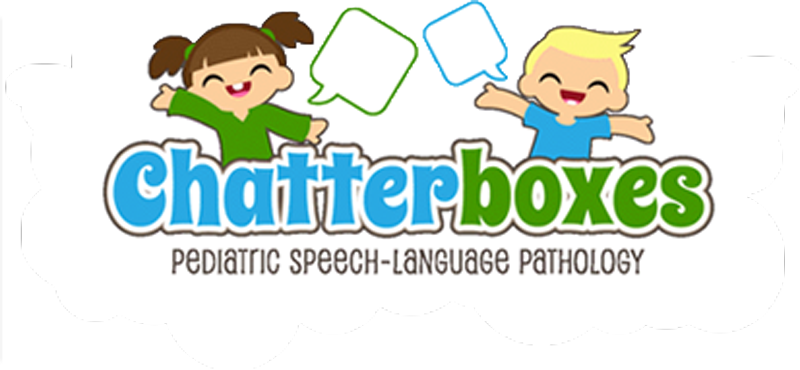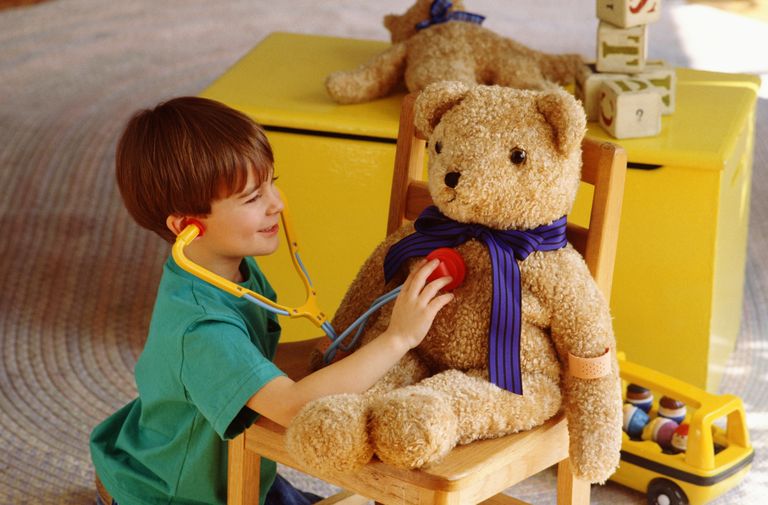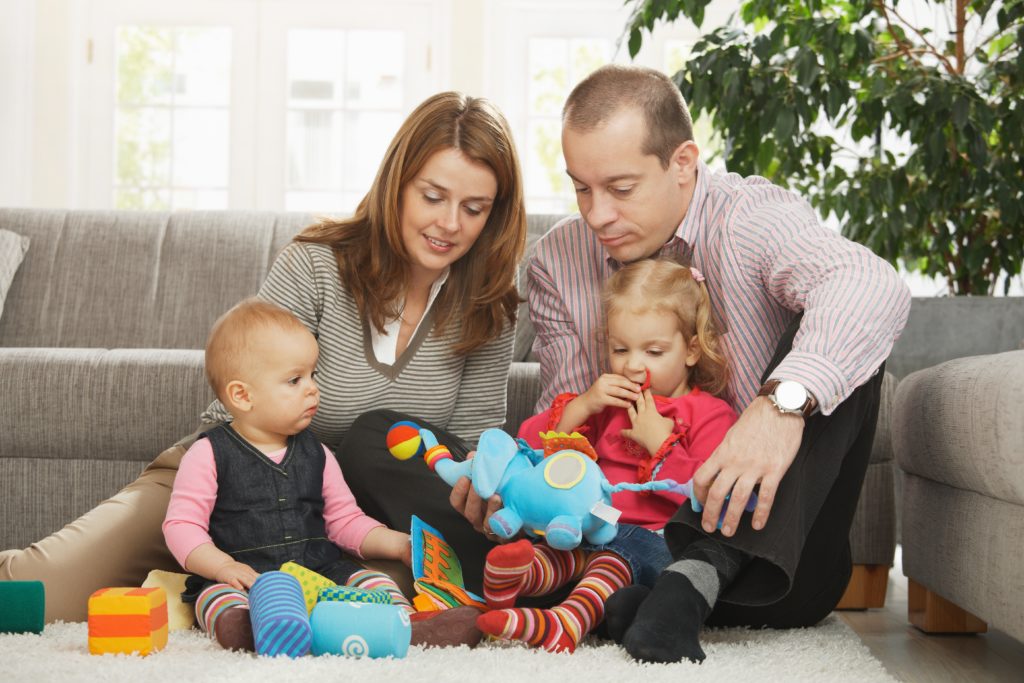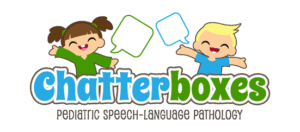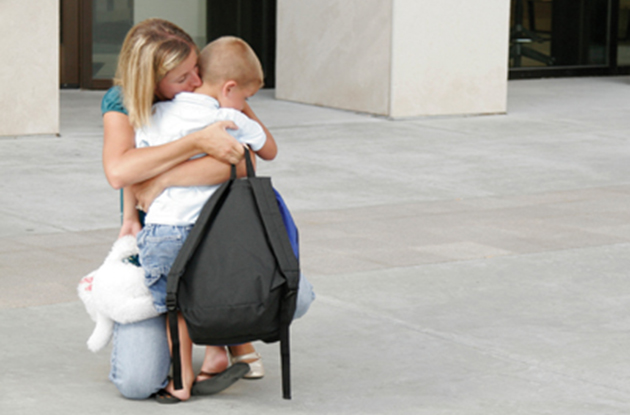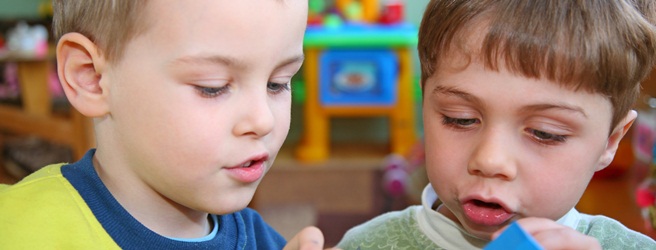With the start of the new school year just around the corner, here are some helpful tips to set you and your child up for a successful transition back to school!
Gradually restart school year routines and schedules – This means going to bed earlier, waking up earlier, introducing healthier foods back into the diet, decreasing caffeine intake, etc. Make sure you do this gradually, not overnight! You don’t want to overwhelm yourself or your child by trying to tackle all of these at once. Make sure to take some time to talk about school day activities and re-familiarize your child with what their school day may look like.
Play games to get your child thinking academically and to wake their brain up without losing the summer fun. – Try to find games that incorporate numbers and/or language that your student is familiar with and can review in a fun way before the year starts.
Familiarize your child with their new school/classroom/teacher. – Make sure to take advantage of orientation days, reach out to the school to see if you can come by and take a tour/visit the classroom, and see if you can set up a meeting with your child’s teacher so they can meet and begin to bond. Try to talk about teacher at home so your child becomes more familiar/comfortable with them in a “safe” environment like home.
For example: “When you’re in Ms. Hansen’s class you’ll be able to read all your favorite books.” This way your child becomes familiar with the idea of their teacher and excited about the school year!
Anticipate and address your child’s (and your own) anxiety! – Be prepared for any/all emotional reactions. Make sure you and your child get a good night’s rest before the first day of school. Try to make the day positive and all about the child! It’s totally normal for you to be nervous too so it’s important you take some time to address your own needs as well so as to focus on your child’s needs as it gets closer to the first day of school.
Discuss change with your child. Keep lines of communication open and be open to talking to your child about the transition, the new school year, how they are feeling, etc.
Practice saying goodbyes. – You can start practicing goodbyes by working small goodbyes into everyday activities, talk about saying goodbye at school (in a positive way), and if you think your child is going to struggle with this then you should reach out and discuss it with their teacher before hand so you can work together to figure out a plan for the first day, or even week, of school.
Prepare for the first day. – Let your child pick out their school supplies, first day of school outfit, what they want to eat, among other small decisions so they feel more involved and excited about the new school year. Try to make sure you talk to your child about what their first day is going to look like. The more prepared they are, the less nervous they will be on the first day!
Here is a link to amazon’s best sellers for Going Back to School! https://www.amazon.com/Best-Sellers-Books-Childrens-First-Day-School/zgbs/books/1084236
Pack their bag together the day before, making sure they have everything they need and can identify where in their backpack things are. The more prepared and confident they are approaching the first day the better.
Make sure your child knows (or can at least recognize) their name, address and phone number.
Be punctual with transitions! – Make sure to stay with your child until they can be handed off to a teacher, or a classmate/friend, and make sure to get to school or the bus stop to pick them up a few minutes early so they dont panic. Making sure you’re present during transitions is important so they can continue to feel safe as they become comfortable with being at school.
Try to set up playdates over the summer. – If you have an idea of who will be in your child’s classroom the next year try to set up playdates with them over the summer to help your child bond/make new friends/familiarize themselves with their future classmates. If your child is new to a school, see if you can find out if there are other new students starting as well so they can meet over the summer and make some friends before school starts.
Stay active!! – Your child is not going to want to give up on summer fun and freedom that quickly. Try to continue summer hobbies/activities through the first few weeks of September and plan on getting as much outside time in while the weather’s still warm as you can. Signing up for after school activities that incorporate new interests/summer hobbies is a great way to keep interests going and to make new friends!
